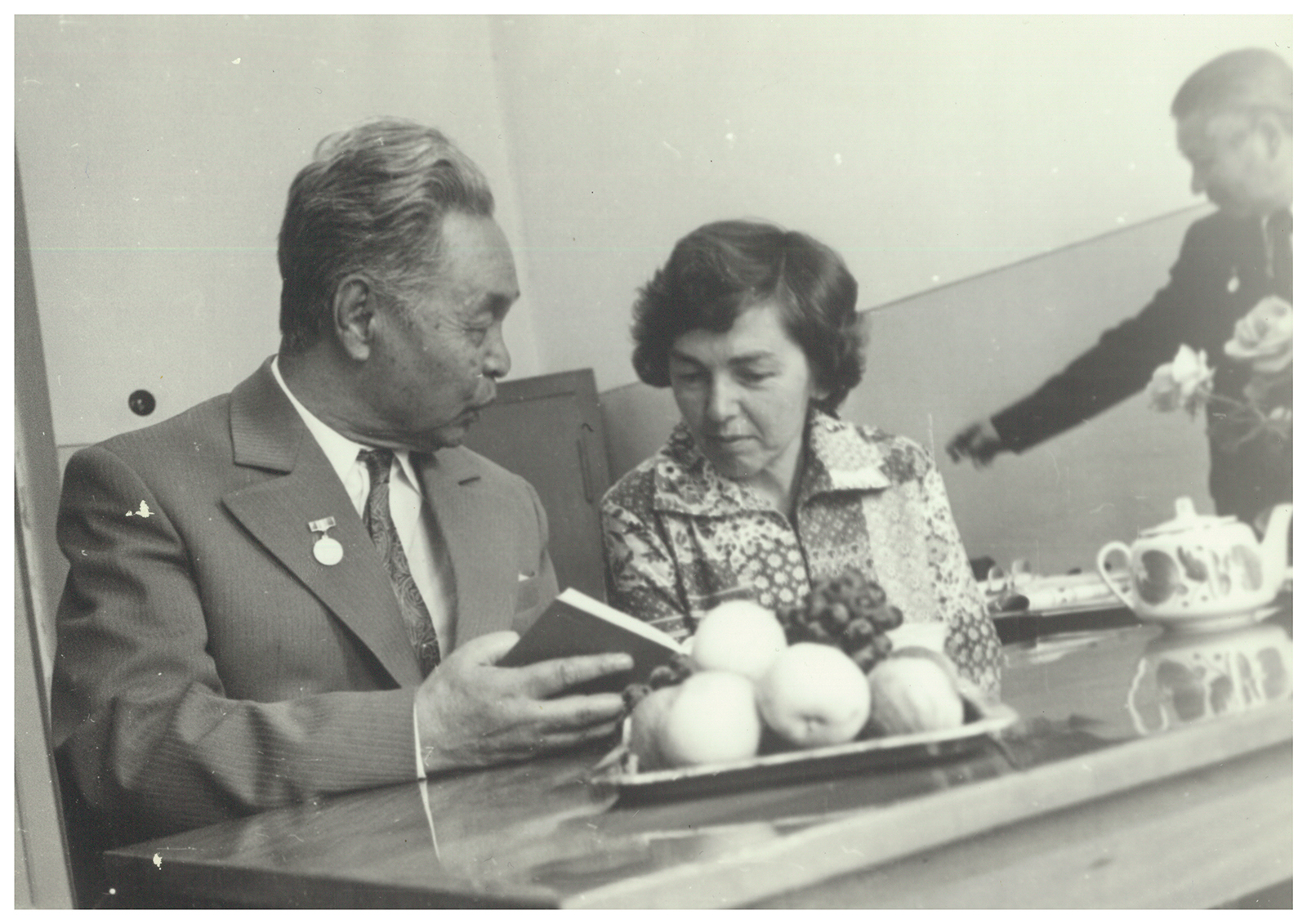Editor's Preface
![]() Benjamin Penny
Benjamin Penny
Dr Svetlana Rimsky-Korsakoff Dyer, as well as being a stalwart of the Chinese program at The Australian National University and introducing the Chinese language to generations of students who went on to notable careers in academia and diplomacy (as well as one prime minister), is an exceptional scholar whose research represents profound contributions in two distinct fields. The first is the study of the Dungan people; the second, the Chinese textbook used in the fourteenth and fifteenth centuries for Koreans, the Lao Ch’i-ta. This issue of East Asian History celebrates Rimsky-Korsakoff Dyer’s work on the Dungans, publishing her most recent monograph on them, a detailed study of their migrations from the north-west of China into what was then Russia, and is now Kyrgyzstan and Kazakhstan, in the latter part of the nineteenth century.
As Rimsky-Korsakoff Dyer intimates in the first part of her monograph, she was eminently suited to take up the Dungans as a field of research as she was born into a Russian-speaking home in Harbin, later moving to Peking. Thus, to all intents and purposes, she is a native speaker of both Russian and Chinese. This, Father Paul Serruys of Georgetown University recognised when Rimsky-Korsakoff Dyer met him for the first time in Washington while on leave from the ANU to undertake a master’s. It was Serruys who directed her to the Dungans, who, though Chinese speakers, had learned to write their language using the Cyrillic alphabet. Chinese Studies as a discipline owes a debt of gratitude to Serruys’s perspicacity and insight.
Rimsky-Korsakoff Dyer’s master’s thesis, which formed the basis of her monograph-length article ‘Soviet Dungan: The Chinese Language of Central Asia — Alphabet, Phonology, Morphology’ published in Monumenta Serica in 1967, heralded a career of studies focussing on the Dungans’ history, language, and culture, many of which are based on fieldwork (see the bibliography in this volume). Some of these studies, so rich in their own right, have acquired even greater value as works that documented aspects of Dungan society that have now passed. In some ways this has parallels in Two Dungan Migrations: The Migrations of the Chinese Muslims from China to Russia, where Rimsky-Korsakoff Dyer has herself made extensive use of rare works in Russian by eye–witnesses that describe the situation of the Dungans in the early years after they crossed the border into what has become their homeland.
In 2007, Rimsky-Korsakoff Dyer donated her collection of Dungan materials to the Scheut CICM Library in the Ferdinand Verbiest Institute at the Catholic University of Leuven.
It is an immense pleasure to be able to publish Two Dungan Migrations in a single volume of East Asian History. In doing so, we present a major work to the Sinological community and, simultaneously, honour our dear friend and colleague.
I would also like to take this opportunity as Editor to offer my sincere thanks to Lindy Allen (or Lindy Shultz as many contributors have known her) who has been Associate Editor of East Asian History since 2006. After many years of dedication, for which I am personally deeply grateful, she has decided to take a break from working on the journal. East Asian History would not — indeed, could not — have existed without her. As sad as it is to farewell one Associate Editor, it is a joy to welcome a new one, Tony Edwards, who has seen this issue through to press.




